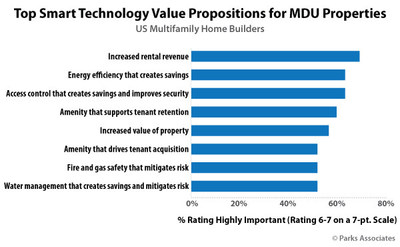Investigating the Effect of Network Standards on Improving Internet Connectivity in Multi-Dwelling Residences
Investigating the Effect of Network Standards on Improving Internet Connectivity in Multi-Dwelling Residences
Blog Article
Ethernet standards serve a crucial role in enhancing internet access, especially in multi-unit buildings (MDUs) like flat buildings and condo complexes. These standards outline how data is transmitted over systems, guaranteeing that devices can interact efficiently. As an increasing number of individuals depend on the web for work, learning, and entertainment, having a dependable and fast link in MDUs has become progressively important. By comprehending networking protocols, building managers and residents can make knowledgeable decisions about their web services, resulting to better access for everyone.
One of the primary Ethernet standards is IEEE 802.3, which details the requirements for wired Ethernet links. This standard has evolved over the decades, bringing quicker speeds and enhanced efficiency. For example, the initial Ethernet specification provided speeds of 10 megabits per sec, while more recent versions, such as Gigabit Ethernet, can offer rates of up to 1,000 megabits per second. In MDUs, where multiple residents utilize the common internet connection, having a high-speed Ethernet system can greatly improve the total consumer interaction. Faster speeds mean quicker downloads, more seamless broadcasting, and more reliable visual conferences, which are crucial for remote work and online learning.
Another significant feature of Ethernet protocols is the implementation of structured cabling systems. These structures arrange and coordinate the system cables that connect devices within a building. By go to this site following the principles set by Ethernet protocols, MDUs can ensure that their cabling is efficient and efficient. This structure assists reduce signal disruption and enhances information transmission quality. Additionally, structured cabling allows for easier improvements and servicing, allowing it easier for building administrators to adapt to changing technology needs. As internet usage continues to grow, having a properly organized wiring infrastructure is vital for maintaining high-quality access.
Electricity over Ethernet (PoE) is another important advancement in Ethernet tech that aids MDUs. PoE enables system cables to carry electrical power along with data, eliminating the need for individual electric supplies for equipment like safety monitors, Wi-Fi connectivity nodes, and VoIP phones. This capability streamlines setup and minimizes disorder, allowing it simpler to set up a comprehensive network in multi-dwelling units. By utilizing PoE, property administrators can enhance safety and boost web access throughout the building without the added cost of extra electrical work.
In summary, Ethernet standards have a significant effect on internet connectivity in multi-unit buildings. By providing faster rates, organized cabling, and advanced capabilities like Power over Ethernet, these standards assist establish a reliable and efficient network for residents. As tech continues to progress, staying informed about Ethernet standards will be crucial for property managers and tenants alike. By putting resources in the appropriate infrastructure, MDUs can ensure that all residents experience a seamless internet experience, making their homes more linked and convenient.